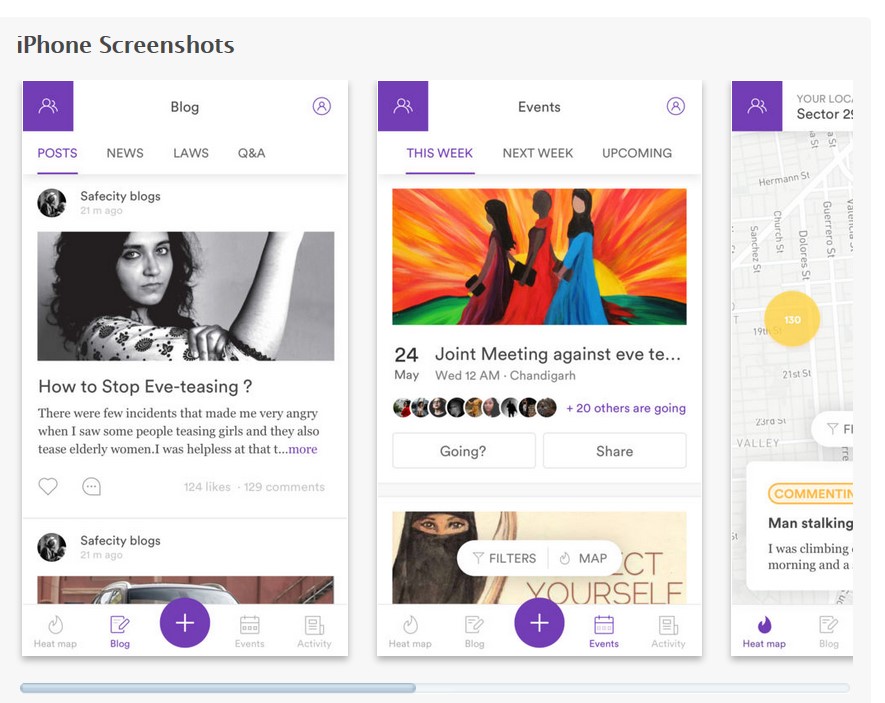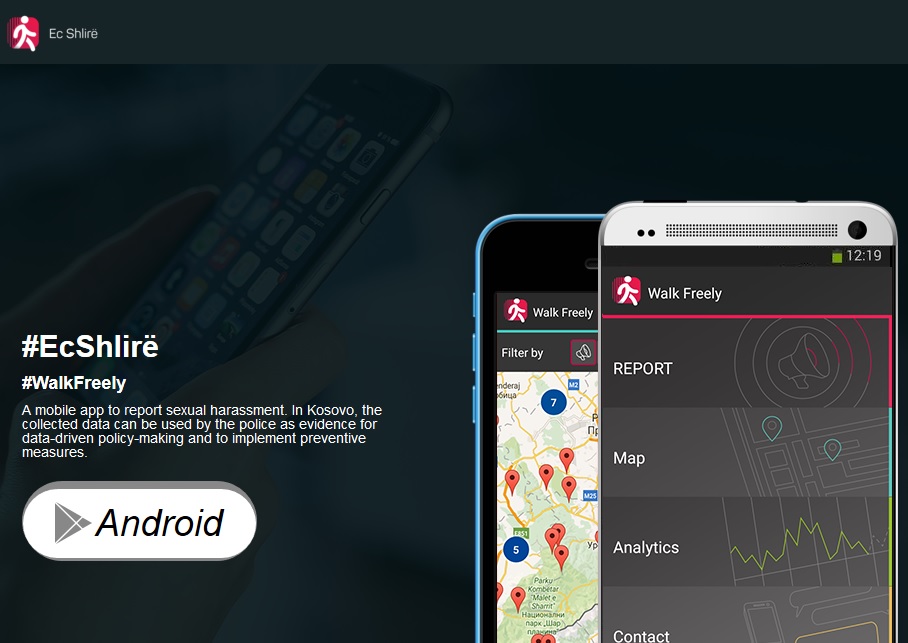Our partner Safecity has just released their Safecity Mobile App! It offers resources, allows you to report sexual violence in public spaces and more. It’s available for free on the Google and Apple play stores and is available in English, Hindi and Spanish.
Watch this video to see the features of the app.




